Rome – Basilica S. Maria Magiore
by
Giovanni Battista Piranesi
A first state: simply superb!
Detail
Date of first edition: 1749 (first state)
Date of this map: 1749
Dimensions (not including margins): 44 x 66 cm
Condition: mint. Sharp copper engraving printed on very strong laid paper. Very wide margins.
Condition rating: A+
Verso: blank
References: Hind 9
Price (without VAT, possibly to be added): €2 400,00 (FYI +/- $2 664,00 / £2 136,00)
Unless otherwise specifically stated on this map page, we charge the following expedition costs in euro (unfortunatelly, gone up with Covid, but still too low in reality!):
– Benelux: 40 euro
– Rest of Europe: 60 euro
– Rest of the World: 100 euro
In stock
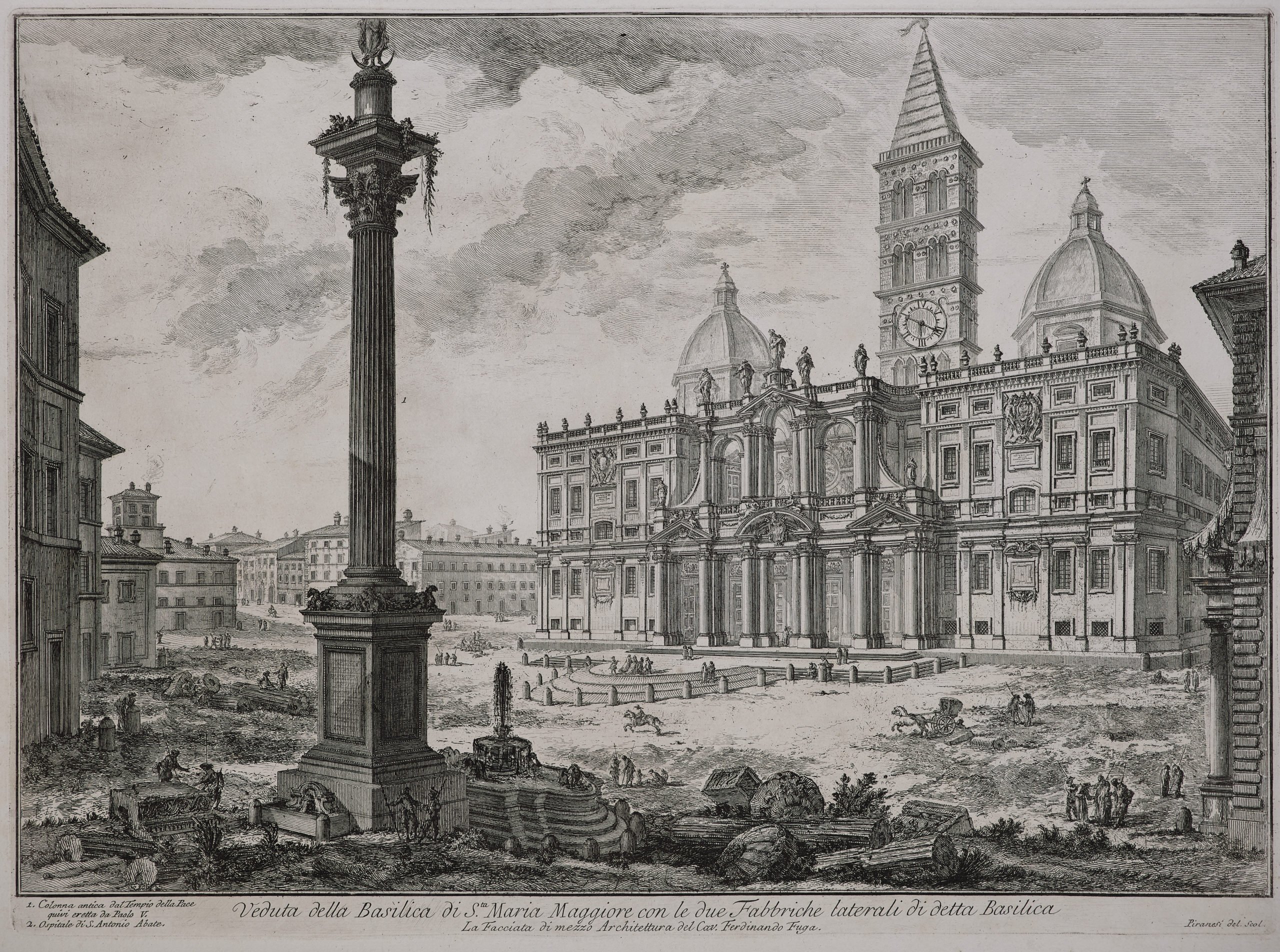
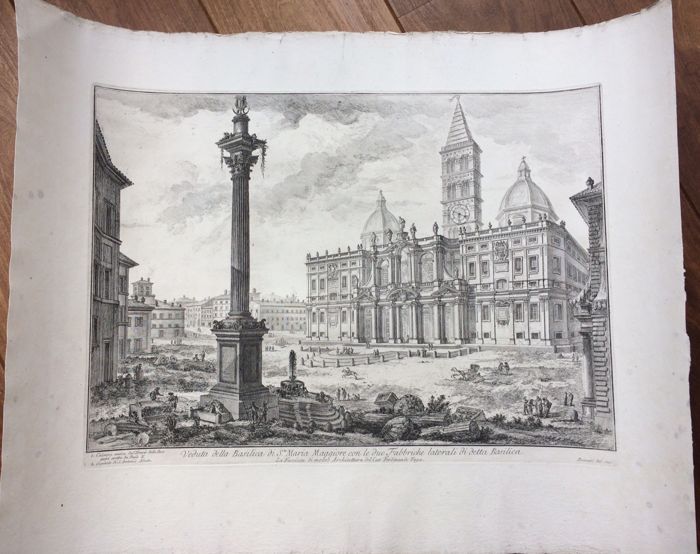
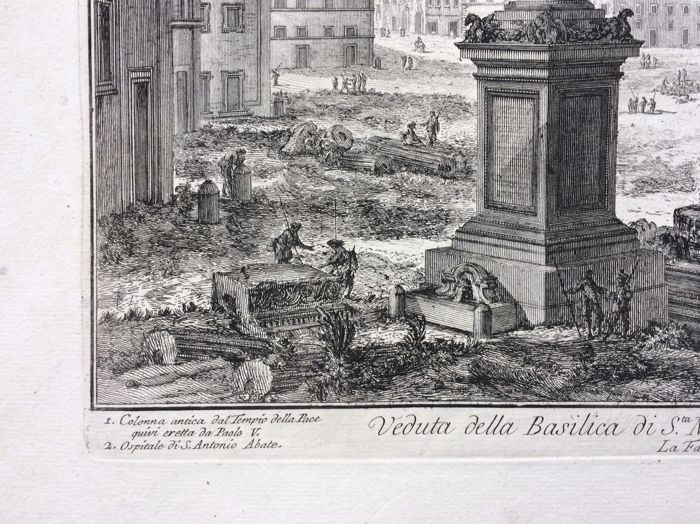
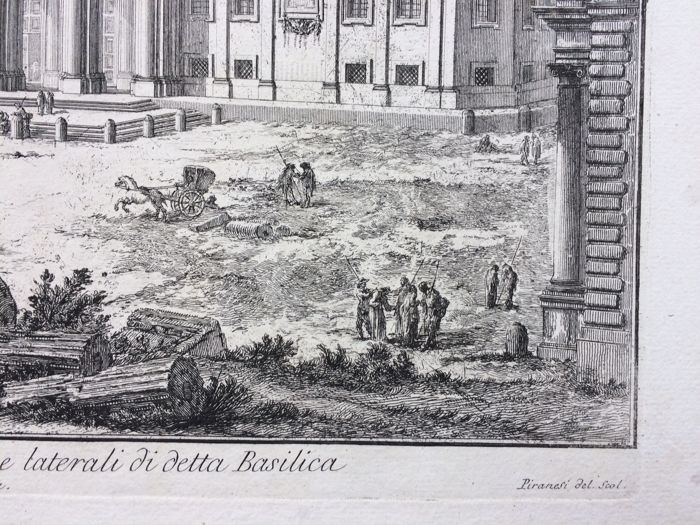
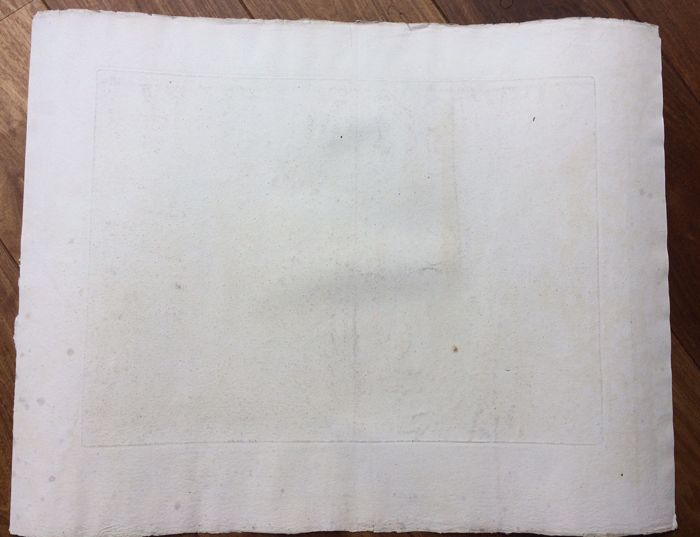
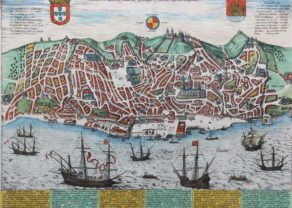
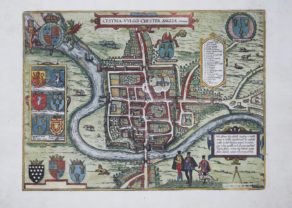
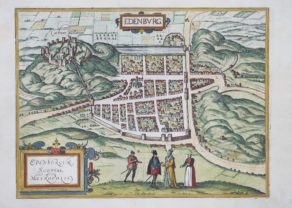
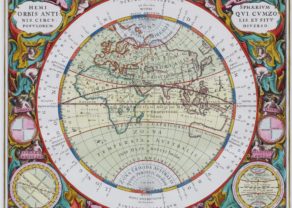
Piranesi & Santa Maria Magiore
Giovanni Battista Piranesi was born in 1720 in Mogliano, Veneto. He studied engraving with Giuseppe Vasi in Rome. In his professional life he was active both as an engraver and an architect. His two main publications were Prima parte di Architettura e Prospettive (1743), followed in 1745 by Varie Vedute di Roma Antica e Moderna. He is these days most famous for his series of views of Rome.
This largest Catholic Marian Church of Rome is located on the summit of the Esquiline Hill. A first church (one of the first churches built in honor of the Virgin Mary) at this location was built under Pope Sixtus III (432-440), following his431 proclamation that Mary was indeed Mother of God. The basilica was destroyed, rebuilt, restored, redecorated and extended by various popes, including Eugene III (1145-1153), Nicholas IV (1288 – 1292), Clement X (1670-1676), and Benedict XIV (1740-1758), who in the 1740s commissioned Ferdinando Fuga to build the present façade and to modify the interior. The interior of the Santa Maria Maggiore underwent a broad renovation encompassing all of its altars between the years 1575 and 1630.
Santa Maria Maggiore is one of the only four that hold the title of “major basilica”. The other three are the Basilicas of St. John in the Lateran, St. Peter’s, and St. Paul outside the Walls. As a papal basilica, Santa Maria Maggiore is often used by the pope for the annual Feast of the Assumption of Mary on 15 August.
The “Crypt of the Nativity”, or “Bethlehem Crypt”, located beneath the high altar, boasts a crystal reliquary which is said to contain wood from the Holy Crib of Jesus Christ. Athenian marble columns support the nave where a triumphal arch can be found, as well as mosaics, which are considered to be the oldest representations of the Virgin Mary in Late Christian Antiquity. The 14th century bell tower, reaching 246 feet in height, is the tallest in Rome.